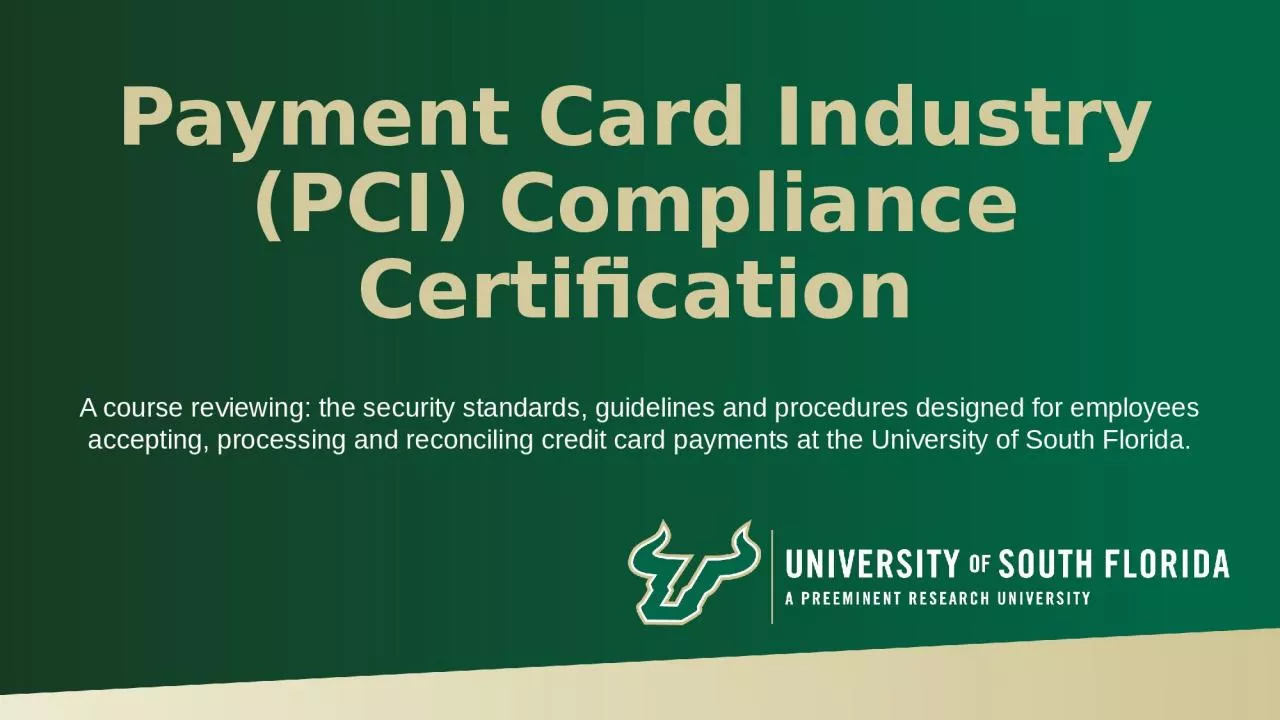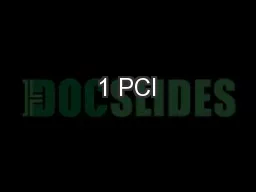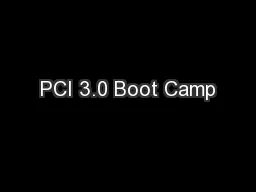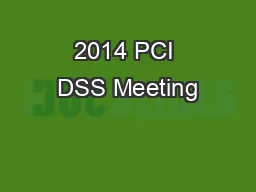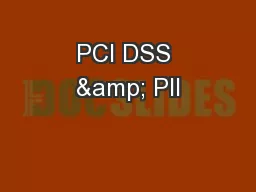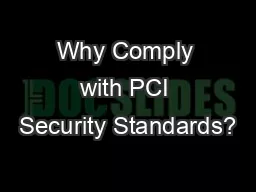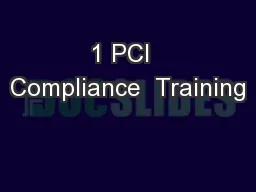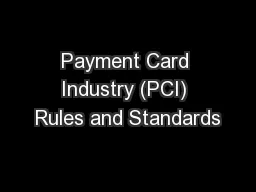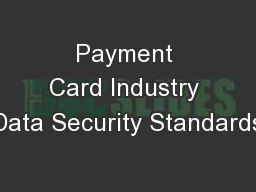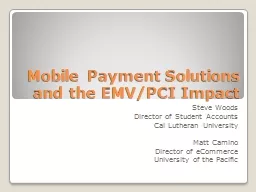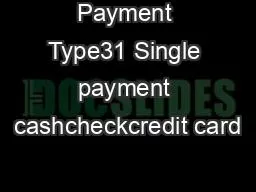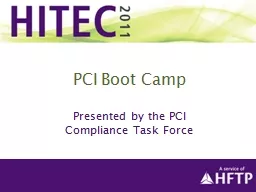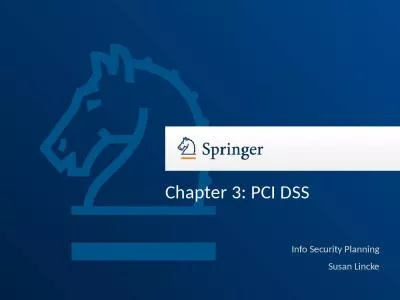PPT-Payment Card Industry (PCI) Compliance Certification
Author : gagnon | Published Date : 2023-11-04
A course reviewing the security standards guidelines and procedures designed for employees accepting processing and reconciling credit card payments at the University
Presentation Embed Code
Download Presentation
Download Presentation The PPT/PDF document "Payment Card Industry (PCI) Compliance C..." is the property of its rightful owner. Permission is granted to download and print the materials on this website for personal, non-commercial use only, and to display it on your personal computer provided you do not modify the materials and that you retain all copyright notices contained in the materials. By downloading content from our website, you accept the terms of this agreement.
Payment Card Industry (PCI) Compliance Certification: Transcript
Download Rules Of Document
"Payment Card Industry (PCI) Compliance Certification"The content belongs to its owner. You may download and print it for personal use, without modification, and keep all copyright notices. By downloading, you agree to these terms.
Related Documents

